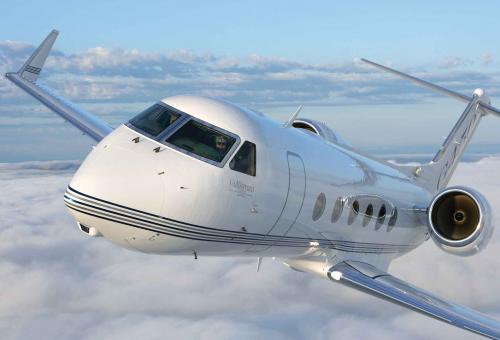

TIGER G450 NEW SOFTWARE MANUAL
If input and output do not correspond, actuator hydraulic pressure is bypassed to prevent movement of the elevator.Īnytime hydraulic pressure to the actuator is bypassed or lost (in the instance of dual hydraulic system failure) the elevator remains operable with manual yoke movement that positions the actuator shaft and connecting linkages to the elevator. The cockpit cable input motion must result in a corresponding actuator output motion, and similarly the output side of the actuator should not move without cockpit input. The deflection range of the elevator is twenty-four degrees (2 4°) up and thirteen degrees (13°) down.īoth sides of the hydraulic actuator are monitored to assure correct operation. The actuator is connected to the elevator by linkages and bell cranks, moving the elevator up or down about the pivot point on the aft of the horizontal stabilizer.
TIGER G450 NEW SOFTWARE FULL
Both hydraulic systems normally power the actuator, but one system is sufficient for full elevator movement. The actuator has a single shaft powered by two piston chambers, one chamber for each (left and right) hydraulic system. The cable mates with the hydraulic assist actuator via a bell crank that translates pulley rotational motion into forward and aft motion. The cable is routed beneath the aircraft floor using pulley connections to clear other installed equipment. On the bell crank are the terminal ends of a braided steel cable that runs aft to a hydraulic assist actuator in the tail compartment of the aircraft. Since both yokes are interconnected, moving one yoke moves both elevators.īeneath the cockpit floor, a levered attach point on the pilot side of the yoke interconnect is joined to a push rod that moves a bell crank. Each yoke is also connected to the other yoke by a mechanical torque tube beneath the cockpit floor. Each of the cockpit yokes is connected to both of the aircraft elevators.

The elevators are composed of a baked graphite-epoxy material and connected together with a "U" shaped fitting at a common hinge point.

The aircraft has a dual elevator installation to control aircraft pitch attitude. For greater detail about each of these systems:Įverything here is from the references shown below, with a few comments in an alternate color. The speed brakes and ground spoiler system is very much like the GIV, except for a weight on wheels system that comes from the GV. They are much like the GV except for the addition of an emergency flap system. The horizontal stabilizer and flaps have nothing in common with the GIV, other than their outward appearance. Of course there is much more to the flight control system than saying it evolved from the Gulfstreams that came before it. But there are a few quirks because the G450 is based on the GIV which does not have as clean a wing as the GV. The G450 flight control system is a combination of what first came out in the GII with all the lessons learned with the GIV, and all the improvements through the GV and G550.


 0 kommentar(er)
0 kommentar(er)
